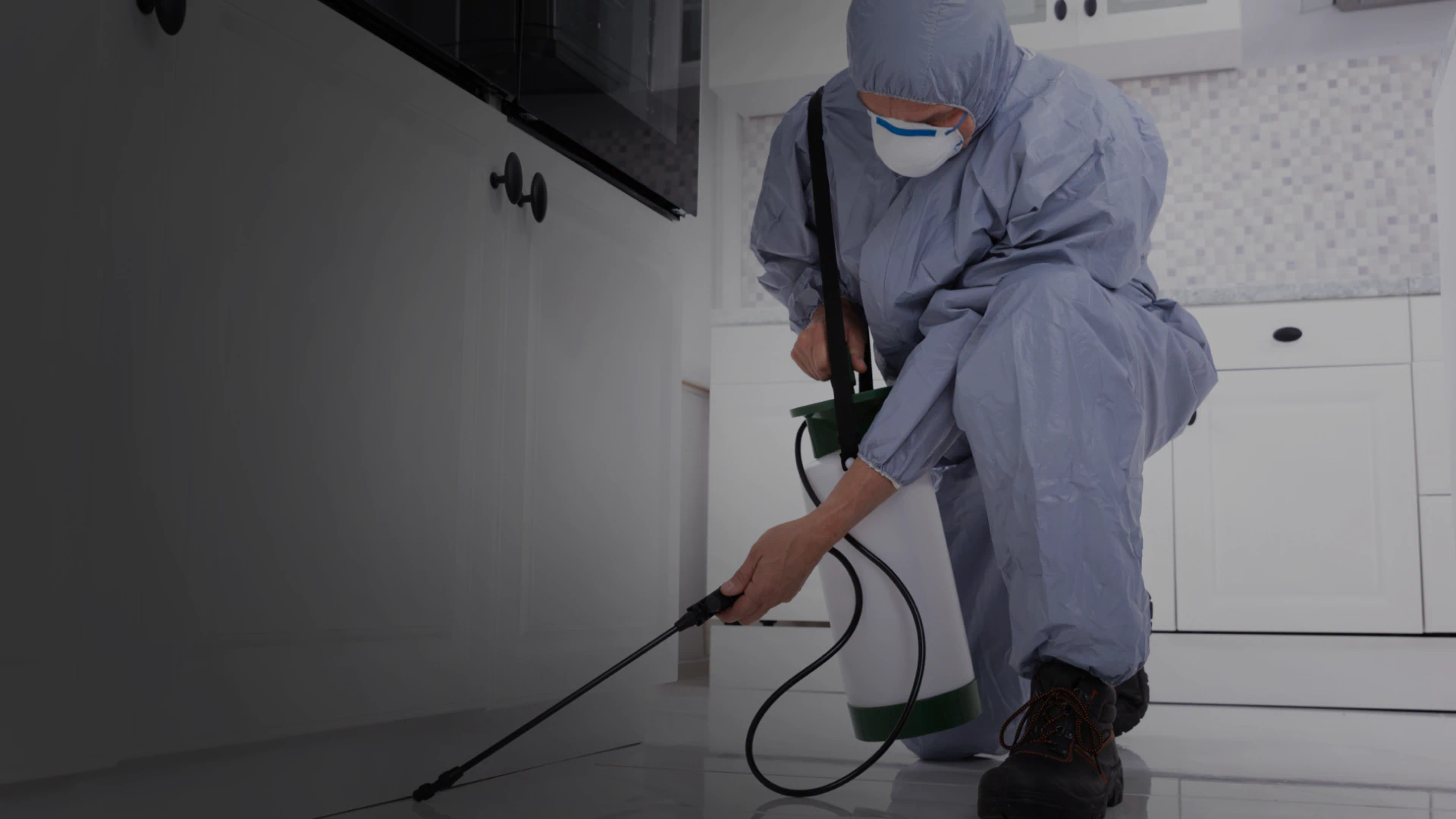Comprehensive Pest Control Services: Keep Your Building Pest-Free!
Comprehensive Pest Control Services: Keep Your Building Pest-Free!
Blog Article
Professional Pest Control Techniques for Long-Term Results
In the realm of insect control, achieving sustained effectiveness and long-lasting results needs a careful technique that goes beyond simple elimination. Expert bug control strategies envelop a detailed approach that starts with a comprehensive evaluation and assessment, followed by accurate pest identification to understand their behavior patterns. The implementation of Integrated Parasite Monitoring (IPM) concepts, paired with eco-conscious treatments, forms the cornerstone of lasting pest eradication. The true examination exists in the continuous monitoring and maintenance of the treated areas, making certain a pest-free atmosphere for the foreseeable future. By diving into the ins and outs of these methods, a much deeper understanding of expert pest control techniques for enduring end results emerges.
Evaluation and Analysis
Upon entering a property for insect control solutions, the first step is a detailed inspection and evaluation to recognize the extent of the infestation and identify one of the most effective treatment plan. Expert parasite control service technicians are educated to diligently analyze the facilities, trying to find indicators of parasite task such as droppings, nibble marks, nests, or any type of architectural damages. They will certainly additionally assess the conditions that may be attracting insects, such as food resources, water leakages, or access factors.

Insect Recognition and Habits

Furthermore, understanding the behavior of the recognized pest is vital to applying reliable control actions. Recognizing where bugs nest, what they feed on, and their activity patterns can assist pest control professionals devise strategies to eradicate them efficiently.
Integrated Parasite Monitoring (IPM)
Integrated Bug Administration (IPM) strategies combine numerous strategies to regulate and stop bug problems in a sustainable and eco-friendly manner. bed bug heat treatment. By integrating approaches such as organic control, habitat adjustment, adjustment of cultural techniques, and using resistant selections, IPM aims to reduce making use of chemical pesticides
Among the essential concepts of IPM is the emphasis on avoidance. This positive approach includes monitoring bug populations regularly to find any type of possible problems prior to they intensify. By recognizing insect troubles at an early stage, pest control actions can be carried out promptly and efficiently.
In addition, IPM promotes the usage of non-toxic insect control approaches whenever possible. This can consist of using natural killers of the parasites, introducing beneficial bugs, or making use of pheromones to interrupt breeding patterns. By decreasing reliance on chemical pesticides, IPM not just protects the environment however additionally helps maintain a balance in the ecological community.
Environmentally-Friendly Treatments
Executing eco-conscious approaches in pest control procedures can successfully resolve infestations while prioritizing environmental sustainability. Environmentally-friendly therapies concentrate on minimizing the effect of bug control approaches on communities, non-target microorganisms, and human wellness. These approaches often involve the use of all-natural killers, such as ladybugs or nematodes, to regulate pest populaces, lowering the demand for chemical interventions. Additionally, techniques like habitat control, such as changing dampness degrees or getting rid of food sources, can help discourage bugs without using unsafe materials.
Another key facet of environmentally-friendly therapies is making use of natural and naturally degradable products that break down rapidly without leaving damaging residues in the setting. Agricultural pesticides derived from plants like chrysanthemums or neem offer reliable bug control while positioning minimal threat to non-target types. Additionally, employing approaches like heat therapies or pheromone catches can target certain insects with accuracy, minimizing the overall ecological effect of pest control methods.
Recurring Tracking and Upkeep
Regular surveillance and maintenance are essential elements of reliable insect control monitoring. Ongoing tracking plays an essential function in ensuring that bug infestations are discovered very early and dealt with immediately. Regular evaluations by skilled professionals are required to determine any kind of signs of bug task, analyze the efficiency of previous therapies, and make changes to the pest control plan as required. By checking pest populations gradually, parasite control experts can track trends, expect possible issues, and apply safety nets to decrease the danger of future infestations.
In enhancement to tracking, maintenance techniques are important for lasting bug control success. This includes applying proper hygiene procedures to eliminate possible food and water sources for bugs, sealing off access points to prevent bugs from entering the facilities, and addressing any kind of structural concerns that could promote insect problems (bed bug treatment). By including ongoing surveillance and maintenance into an incorporated pest administration approach, companies can ensure a pest-free atmosphere and guard their building against expensive damages and wellness risks
Final Thought
To conclude, utilizing expert parasite control techniques such as complete inspection and evaluation, exact pest identification and understanding of their actions, integrated insect administration approaches, environmentally-friendly treatments, and ongoing monitoring and upkeep are necessary for attaining long-term lead to insect control. By carrying out these approaches, individuals can efficiently take care of parasite problems and pest control near me maintain a pest-free environment in a sustainable manner.
Report this page